- 1 Understanding the Composition and Color Technology
- 2 Primary Factors Contributing to Color Fading and Aging
- 3 UV Protection Mechanisms and Their Effectiveness
- 4 Comparative Analysis of Color Retention Across Decking Materials
- 5 Proactive Maintenance Strategies to Slow Color Aging
- 6 Protective Coatings and Surface Treatments
- 7 Environmental Modifications to Reduce Fading
- 8 Cleaning Techniques That Preserve Color Integrity
- 9 FAQ
- 9.1 How long does bamboo composite decking typically last before showing significant fading?
- 9.2 Are darker or lighter colors better for minimizing fading appearance?
- 9.3 Can faded bamboo composite decking be restored to its original color?
- 9.4 Does the cost of bamboo composite decking correlate with fade resistance?
- 9.5 How does bamboo composite decking compare to traditional wood for fade resistance?
Bamboo composite decking has gained significant popularity as a sustainable and durable alternative to traditional wood and plastic decking materials. However, many homeowners express concerns about color fading and surface aging when exposed to outdoor elements. While bamboo composite decking generally offers better color retention than natural wood, it still undergoes gradual color changes due to UV exposure, weather conditions, and environmental factors. This comprehensive guide examines the fading characteristics of bamboo composite decking and provides evidence-based strategies to minimize color aging, preserving your deck's aesthetic appeal for years to come.
Custom size glossy heavy bamboo flooring
Understanding the Composition and Color Technology
The color stability of bamboo composite decking begins with understanding its unique composition and how color is integrated throughout the material. Unlike surface-coated products where color sits only on the top layer, high-quality bamboo composite decking features full-thickness coloring where pigments are distributed evenly throughout the material profile. This construction approach significantly enhances color retention compared to surface-applied stains or coatings that can wear away over time. The combination of bamboo fibers and polymer matrices creates a synergistic material with inherent weather resistance, though specific formulation differences significantly impact long-term color performance.
- Bamboo Fiber Characteristics: Natural bamboo fibers provide structural reinforcement but contain lignins that can react to UV exposure without proper stabilization.
- Polymer Matrix Composition: High-quality HDPE or polypropylene resins with UV inhibitors form the continuous phase that protects bamboo fibers.
- Pigment Integration Methods: Full-thickness color distribution versus cap-layer systems with different fading characteristics and wear patterns.
- Additive Packages: UV stabilizers, antioxidants, and other protective additives that determine long-term color retention capabilities.
- Manufacturing Process Influence: Extrusion parameters and cooling methods that affect surface characteristics and colorfastness.
Primary Factors Contributing to Color Fading and Aging
Multiple environmental and material factors contribute to the color fading and aging process in bamboo composite decking, with ultraviolet radiation representing the most significant challenge. However, fading rarely results from a single factor but rather from the complex interaction of multiple elements that collectively degrade the material's appearance over time. Understanding these contributing factors enables targeted prevention strategies that address the specific fading mechanisms most relevant to your deck's environment and usage patterns.
- Ultraviolet Radiation Exposure: UV photons break down chemical bonds in both polymer matrices and color pigments, causing gradual color lightening.
- Thermal Cycling Effects: Repeated expansion and contraction from temperature variations creates micro-stresses that can accelerate surface degradation.
- Moisture and Humidity Influence: Water absorption and drying cycles can affect dimensional stability and contribute to surface checking.
- Biological Growth: Mold, mildew, and algae can discolor surfaces and create conditions that accelerate material breakdown.
- Foot Traffic and Abrasion: Mechanical wear gradually removes the surface layer, potentially exposing less UV-stabilized material underneath.
UV Protection Mechanisms and Their Effectiveness
Ultraviolet radiation represents the primary enemy of color stability in outdoor bamboo composite decking, making UV protection mechanisms critically important for long-term appearance retention. Different protection strategies operate through various physical and chemical mechanisms to either block, absorb, or neutralize the damaging effects of UV radiation. Understanding these protection approaches helps in selecting products with appropriate UV resistance for specific climate conditions and expected service life requirements.
- UV Absorber Additives: Chemical compounds that absorb UV radiation and convert it to harmless heat energy before it can damage the material.
- Hindered Amine Light Stabilizers (HALS): Advanced stabilizers that neutralize free radicals formed during UV exposure, preventing chain reaction degradation.
- Pigment-Based Protection: Certain inorganic pigments, particularly darker colors, naturally provide better UV protection through light absorption.
- Surface Treatment Technologies: Specialized coatings or cap layers with enhanced UV resistance compared to the core material.
- Material Thickness Considerations: Thicker wear layers provide longer service life before significant color changes become apparent.
Comparative Analysis of Color Retention Across Decking Materials
Understanding how bamboo composite decking performs relative to other decking materials provides valuable context for setting realistic expectations and making informed material selections. Different decking technologies employ various approaches to color retention, each with distinct advantages, limitations, and aging characteristics. The table below compares the color retention performance of bamboo composite decking against other common decking materials to illustrate relative performance in outdoor exposure conditions:
| Material Type | Initial Color Options | Maintenance Impact | Typical Service Life Before Noticeable Fading | Restoration Options | |
| Bamboo Composite | Moderate variety | Slow, gradual lightening | Minimal effect on fading rate | 8-15 years | Limited, primarily cleaning |
| PVC Decking | Wide variety | Very slow, uniform lightening | Minimal effect on fading rate | 10-20 years | Specialized coatings possible |
| Wood-Plastic Composite | Moderate variety | Moderate, can be uneven | Can accelerate if damaged | 5-12 years | Limited, primarily cleaning |
| Pressure-Treated Wood | Natural only | Rapid to gray patina | Significant impact | 1-2 years before staining needed | Complete restoration possible |
| Natural Hardwood | Natural variations | Rapid to silver-gray | Moderate impact | 6-24 months | Complete restoration possible |
| Aluminum Decking | Limited variety | Very slow coating wear | Minimal effect | 15-25 years | Recoating possible |
This comparison highlights the balanced performance of bamboo composite decking, offering reasonable color retention with minimal maintenance requirements compared to many alternative materials.
Proactive Maintenance Strategies to Slow Color Aging
Implementing proactive maintenance strategies significantly extends the color life of bamboo composite decking by addressing the primary factors that contribute to fading and surface degradation. While composite materials require less maintenance than natural wood, strategic care routines can dramatically slow the aging process and maintain the deck's appearance for many years beyond what would occur with complete neglect. These maintenance approaches focus on prevention, protection, and gentle cleaning to maximize the material's inherent color stability.
- Regular Cleaning Schedule: Gentle cleaning every 3-6 months to remove environmental contaminants that can accelerate UV degradation.
- Proper Debris Management: Regular removal of leaves, dirt, and organic matter that trap moisture and promote biological growth.
- Mold and Mildew Prevention: Prompt treatment of any biological growth to prevent surface staining and material breakdown.
- Furniture and Mat Rotation: Periodic movement of furniture, planters, and mats to prevent uneven fading patterns.
- Snow and Ice Management: Use of plastic shovels and approved de-icing products to prevent surface abrasion and chemical damage.
Protective Coatings and Surface Treatments
While most bamboo composite decking is designed for low maintenance without additional coatings, certain protective treatments can enhance color retention in extreme environments or for decks where maximum appearance longevity is desired. The compatibility of these treatments with composite materials varies significantly, and improper product selection can actually accelerate degradation rather than prevent it. Understanding the available options, their mechanisms of action, and appropriate application methods ensures that any additional protection provides genuine benefits without compromising the decking material.
- UV-Blocking Clear Coatings: Specialized transparent coatings formulated for composite materials that filter harmful UV wavelengths.
- Polymer-Enhanced Sealants: Breathable sealants that provide additional UV protection without creating moisture traps.
- Ceramic Coating Technologies: Advanced nano-ceramic coatings that create durable, UV-resistant surface layers.
- UV-Protectant Sprays: Easy-apply products that deposit UV-absorbing compounds on the surface.
- Compatibility Considerations: Critical evaluation of product formulations to ensure they won't degrade the composite material or void warranties.
Environmental Modifications to Reduce Fading
Strategic environmental modifications can significantly reduce the fading rate of bamboo composite decking by minimizing exposure to the most damaging elements. These approaches involve both architectural interventions and usage pattern adjustments that collectively create a more favorable environment for color retention. While not all modifications are practical for every deck, implementing even a few of these strategies can measurably extend the vibrant appearance of your deck surface.
- Strategic Shading Solutions: Installation of pergolas, awnings, or shade sails during peak UV hours.
- Landscaping for Natural Protection: Strategic planting of trees or shrubs to filter direct sunlight during the most intense exposure periods.
- Ventilation Improvements: Ensuring adequate air circulation to prevent heat buildup that accelerates UV degradation.
- Reflective Surface Management: Addressing nearby reflective surfaces like white walls or water features that intensify UV exposure.
- Seasonal Protection Strategies: Using protective covers during extended absence periods or seasonal extreme weather.
Cleaning Techniques That Preserve Color Integrity
Proper cleaning techniques play a crucial role in maintaining the color integrity of bamboo composite decking by removing degradation-accelerating contaminants without damaging the protective surface characteristics. Incorrect cleaning methods can actually accelerate fading by removing UV-protective surfaces, embedding abrasive particles, or causing microscopic surface damage that increases vulnerability to environmental factors. Implementing appropriate cleaning protocols ensures that maintenance activities preserve rather than compromise the deck's appearance and longevity.
- Gentle Cleaning Solutions: Use of pH-neutral cleaners specifically formulated for composite materials rather than harsh chemicals.
- Appropriate Cleaning Tools: Soft-bristled brushes, microfiber mops, or low-pressure spray systems that clean effectively without abrasion.
- Optimal Cleaning Frequency: Regular cleaning before contaminants become embedded, typically 2-4 times annually depending on environment.
- Stain Removal Protocols: Prompt attention to spills and stains using manufacturer-recommended methods to prevent permanent discoloration.
- Rinsing and Drying Procedures: Thorough rinsing to remove all cleaning residue and proper drying to prevent water spotting or mineral deposits.
FAQ
How long does bamboo composite decking typically last before showing significant fading?
High-quality bamboo composite decking typically maintains its appearance for 8-15 years before showing significant fading under normal conditions, though this varies based on climate, sun exposure, and product quality. In northern climates with less intense UV exposure, decks may show minimal fading for 12+ years, while in southern regions with intense sun, noticeable lightening might occur in 6-10 years. It's important to note that "significant fading" refers to obvious color changes that most homeowners would notice – subtle lightening typically begins within the first 2-3 years but progresses very gradually in quality products. Products with enhanced UV stabilization and full-thickness color typically outperform those with surface-only coloring or inferior stabilizer packages.
Are darker or lighter colors better for minimizing fading appearance?
Darker colors in bamboo composite decking generally show fading less noticeably than lighter colors, despite potentially absorbing more UV energy. This counterintuitive result occurs because darker colors have further to fade before changes become obvious, and the fading typically manifests as lightening rather than dramatic color shifts. Light-colored decks may show dirt and aging more prominently, while medium tones often provide the best balance between heat reflection and fade resistance. Ultimately, the quality of UV stabilizers and color technology matters more than the specific color selection, though choosing colors with brown or gray undertones can help mask the gradual lightening that occurs over time.
Can faded bamboo composite decking be restored to its original color?
Faded bamboo composite decking cannot be fully restored to its original color through conventional means, as the color change results from permanent molecular alterations within the material. Unlike wood decking that can be sanded and restained, composite materials have color integrated throughout, and surface treatments provide only limited color enhancement. Specialized composite deck restoration products can temporarily darken and enrich faded surfaces, but results are typically short-lived (6-18 months) and may require repeated applications. The most effective approach is preventive care from installation to slow the fading process rather than attempting restoration after significant color loss has occurred.
Does the cost of bamboo composite decking correlate with fade resistance?
Generally, yes – there is typically a correlation between the cost of bamboo composite decking and its fade resistance, though this relationship isn't absolute. Premium products usually incorporate higher concentrations of UV stabilizers, more advanced stabilizer technologies, superior color integration methods, and sometimes protective cap layers – all of which increase manufacturing costs but significantly enhance color retention. However, price alone doesn't guarantee performance, as some mid-range products offer excellent value with balanced fade resistance. When evaluating options, look specifically for information about UV stabilization systems, warranty terms regarding color fade, and independent testing data rather than relying solely on price as an indicator of fade performance.
How does bamboo composite decking compare to traditional wood for fade resistance?
Bamboo composite decking generally offers superior fade resistance compared to traditional wood decking, though the comparison differs based on the specific wood type and maintenance practices. Natural wood typically fades to a silver-gray patina within 6-24 months without regular staining and sealing, while composite materials maintain their color for years with minimal maintenance. However, wood can be completely restored through sanding and refinishing, while composite fading is permanent. For homeowners seeking long-term consistent appearance with minimal maintenance, composites provide clear advantages. For those who enjoy the evolving character of natural wood and don't mind periodic maintenance, traditional decking offers different benefits. The choice ultimately depends on maintenance preferences, aesthetic priorities, and performance expectations.

 English
English Deutsch
Deutsch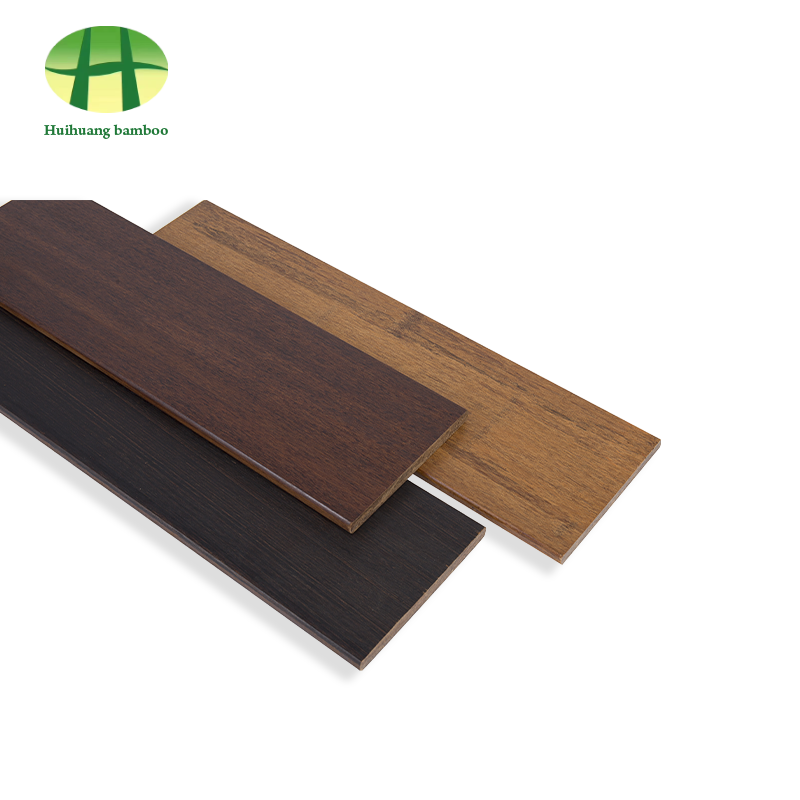
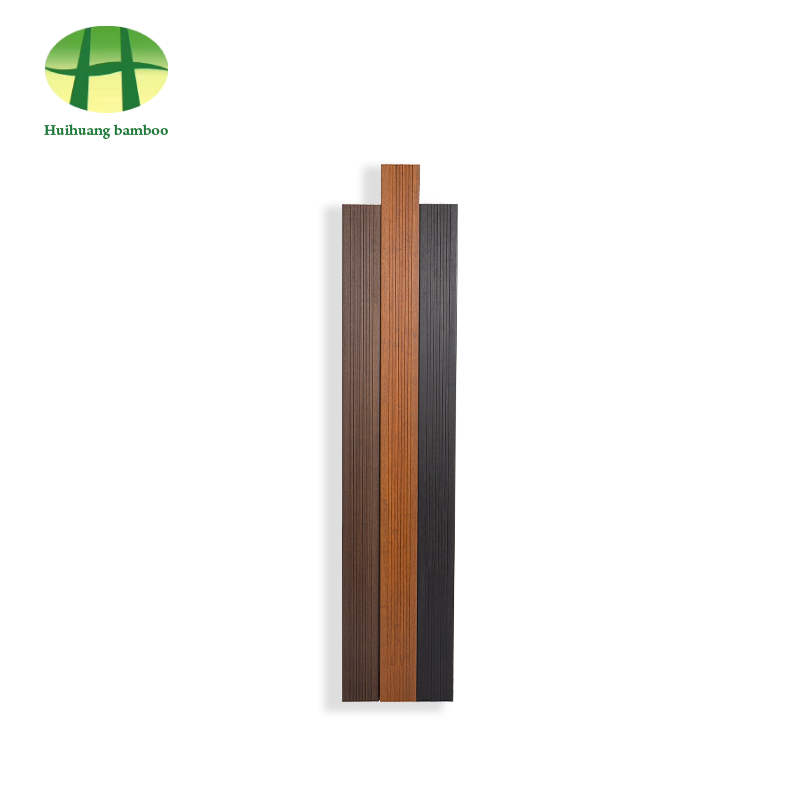
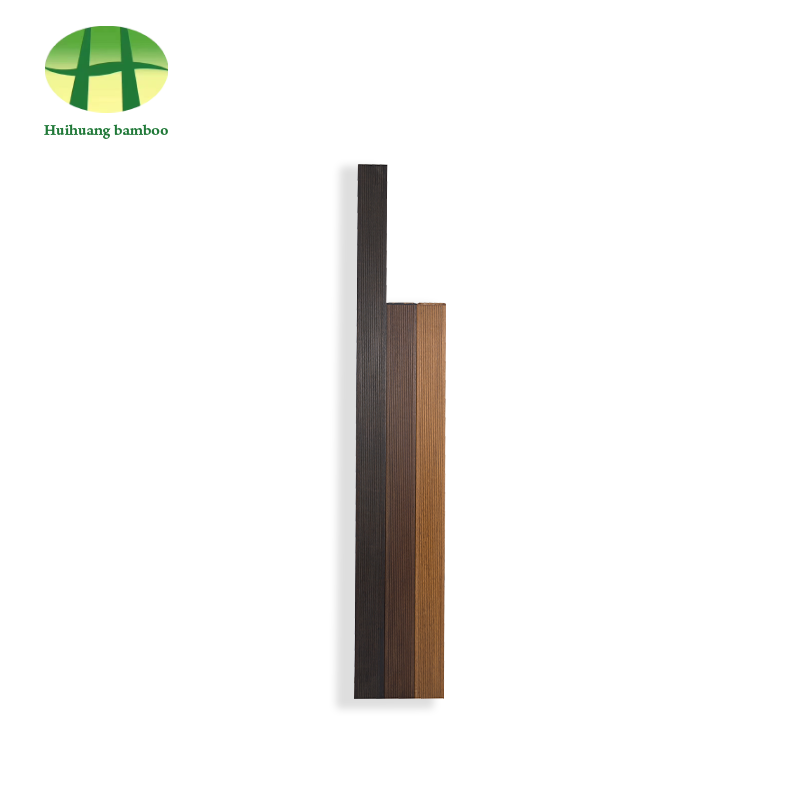
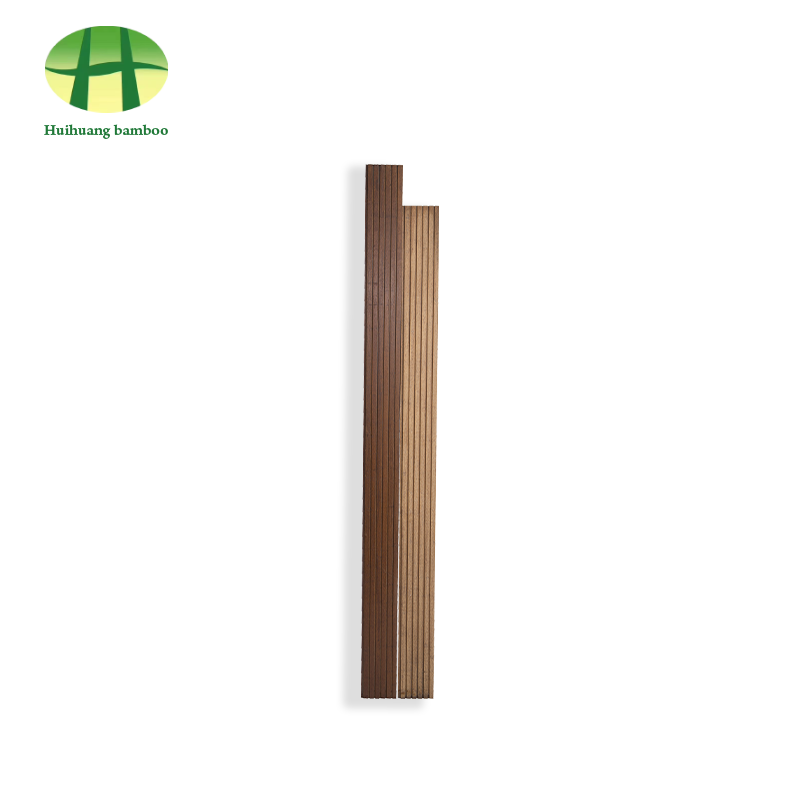
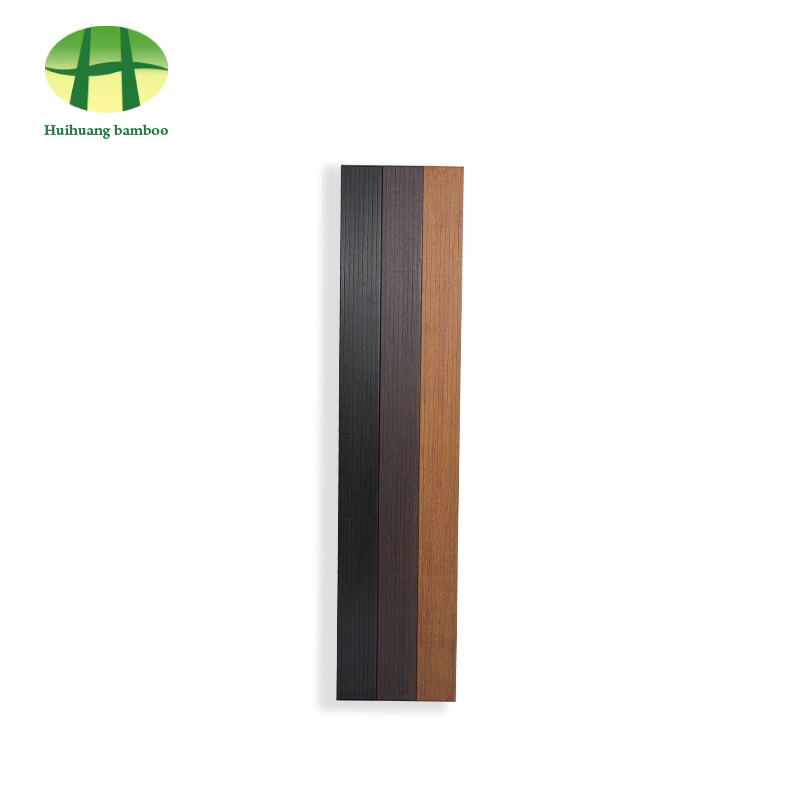
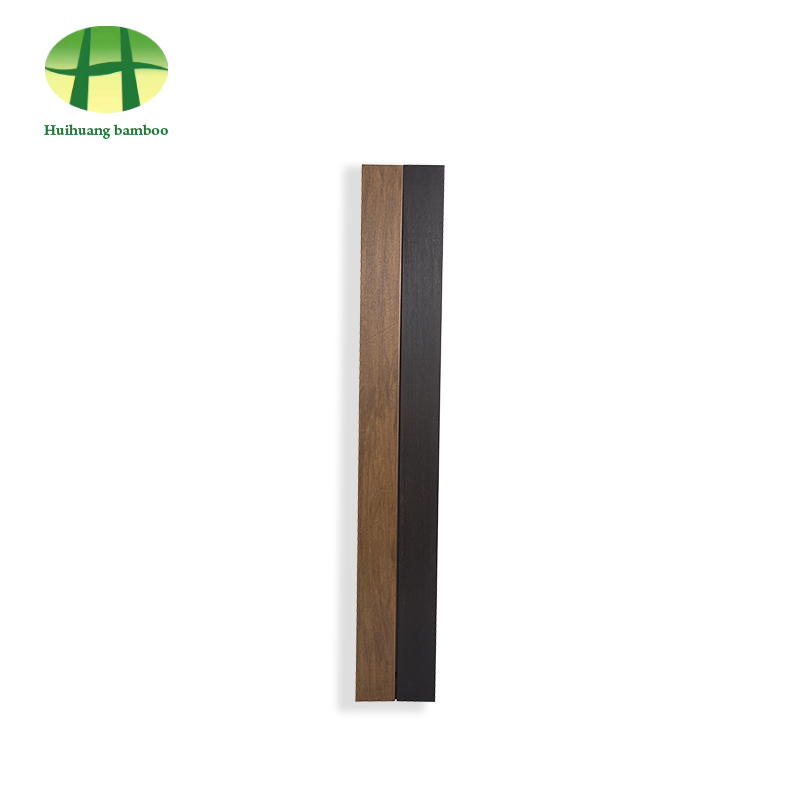
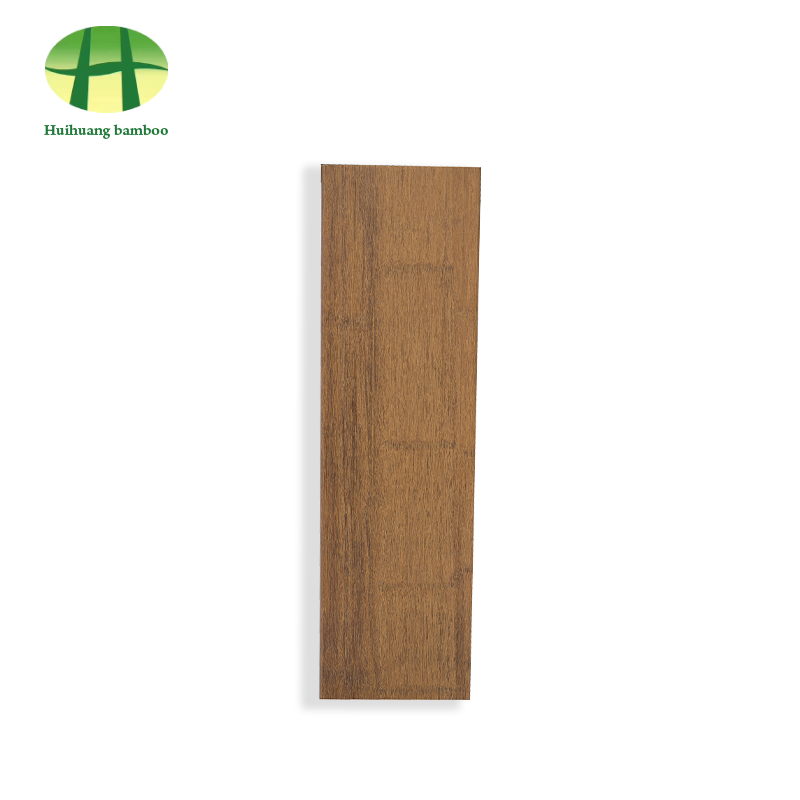

 +86-572-5215066 5216895
+86-572-5215066 5216895 office@hh-bamboo.com
office@hh-bamboo.com East Side of Huanggang RD,Ningdun County, Ningguo ,Xuancheng City,Anhui Province,China.
East Side of Huanggang RD,Ningdun County, Ningguo ,Xuancheng City,Anhui Province,China.